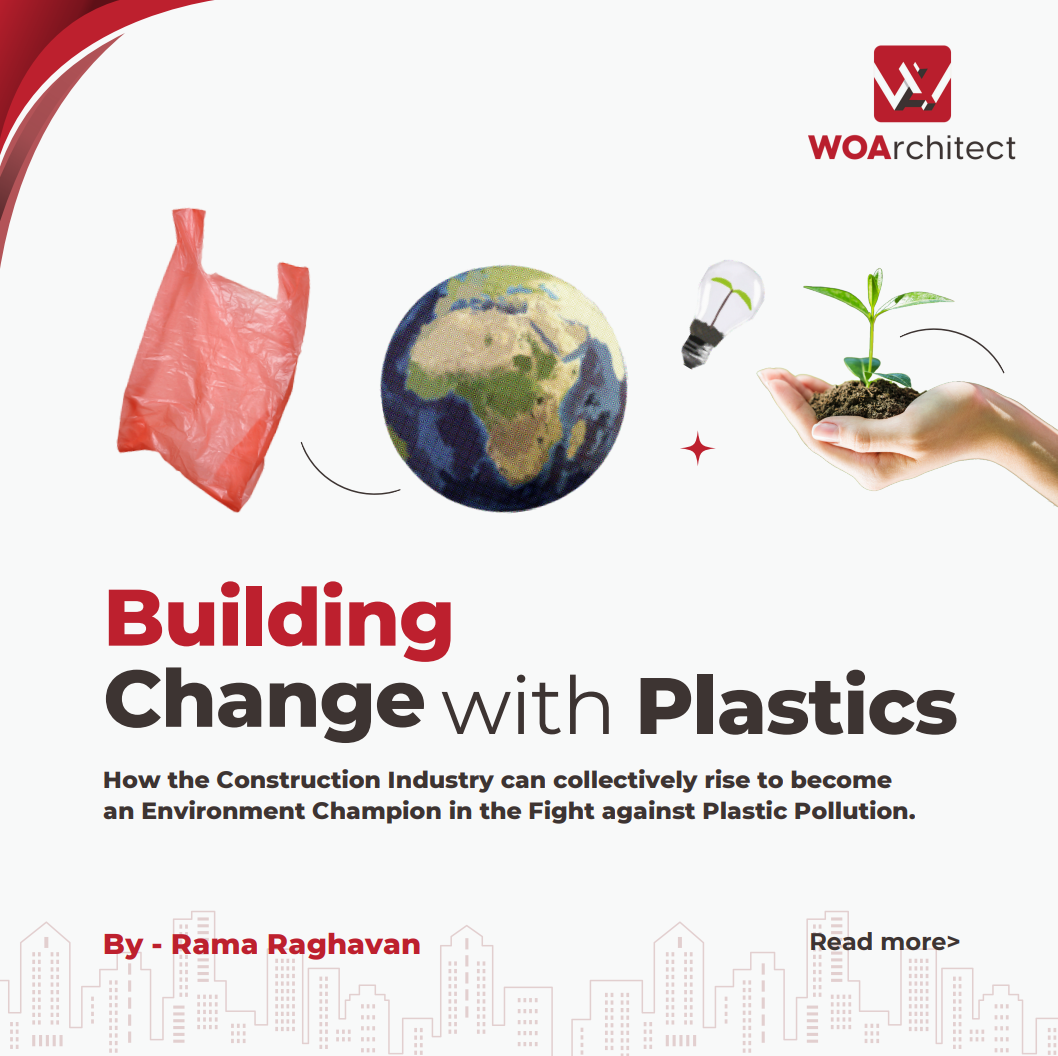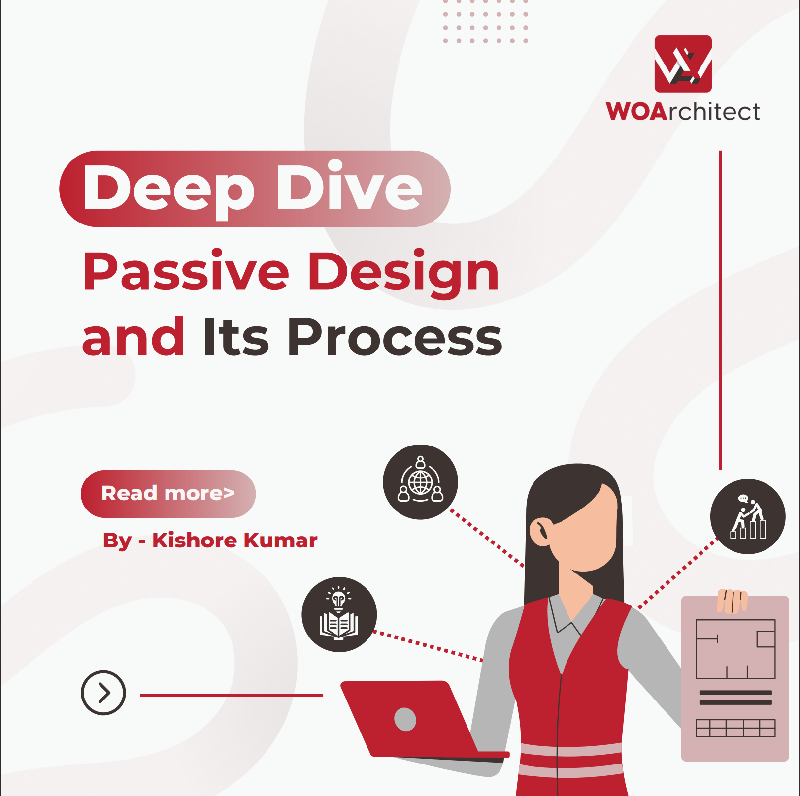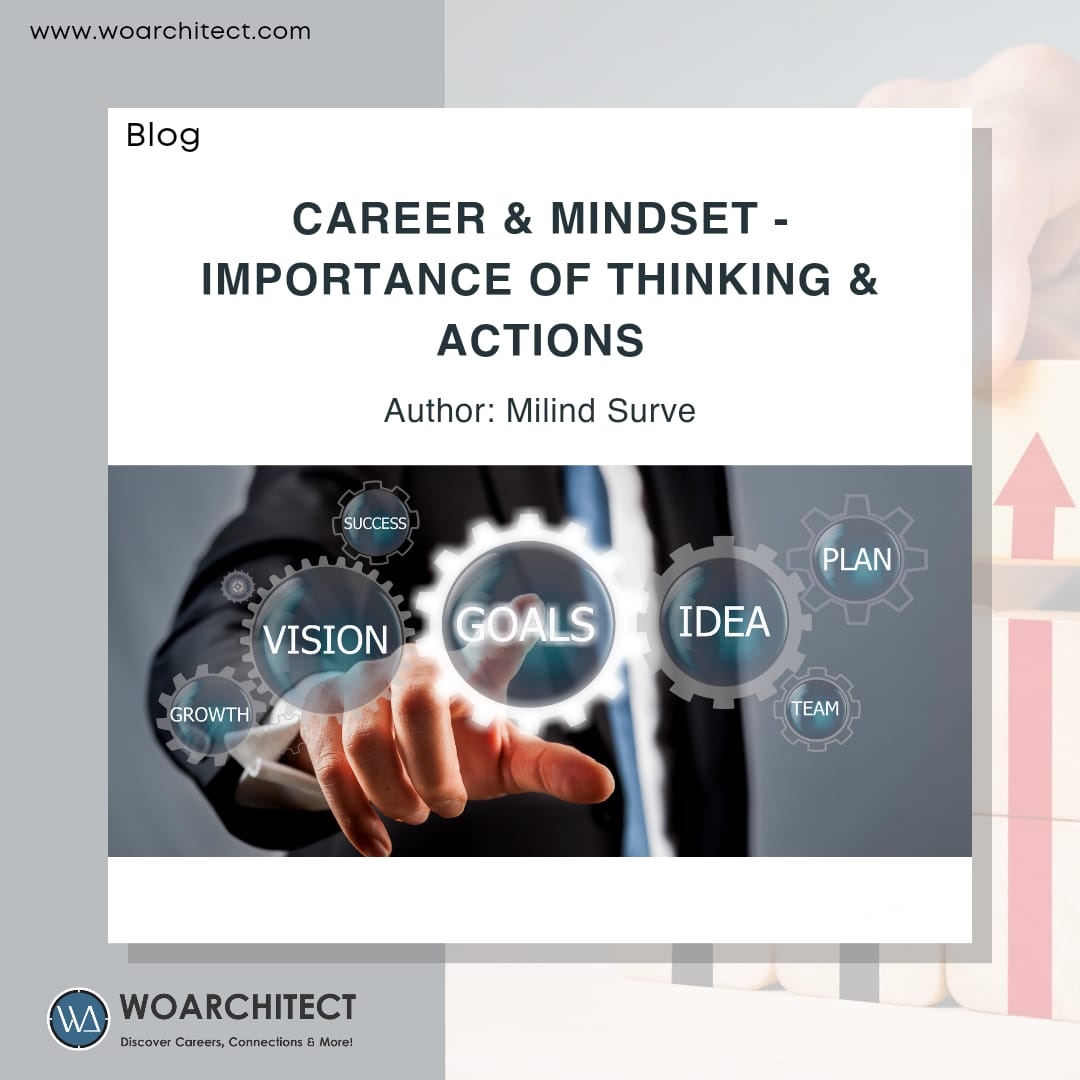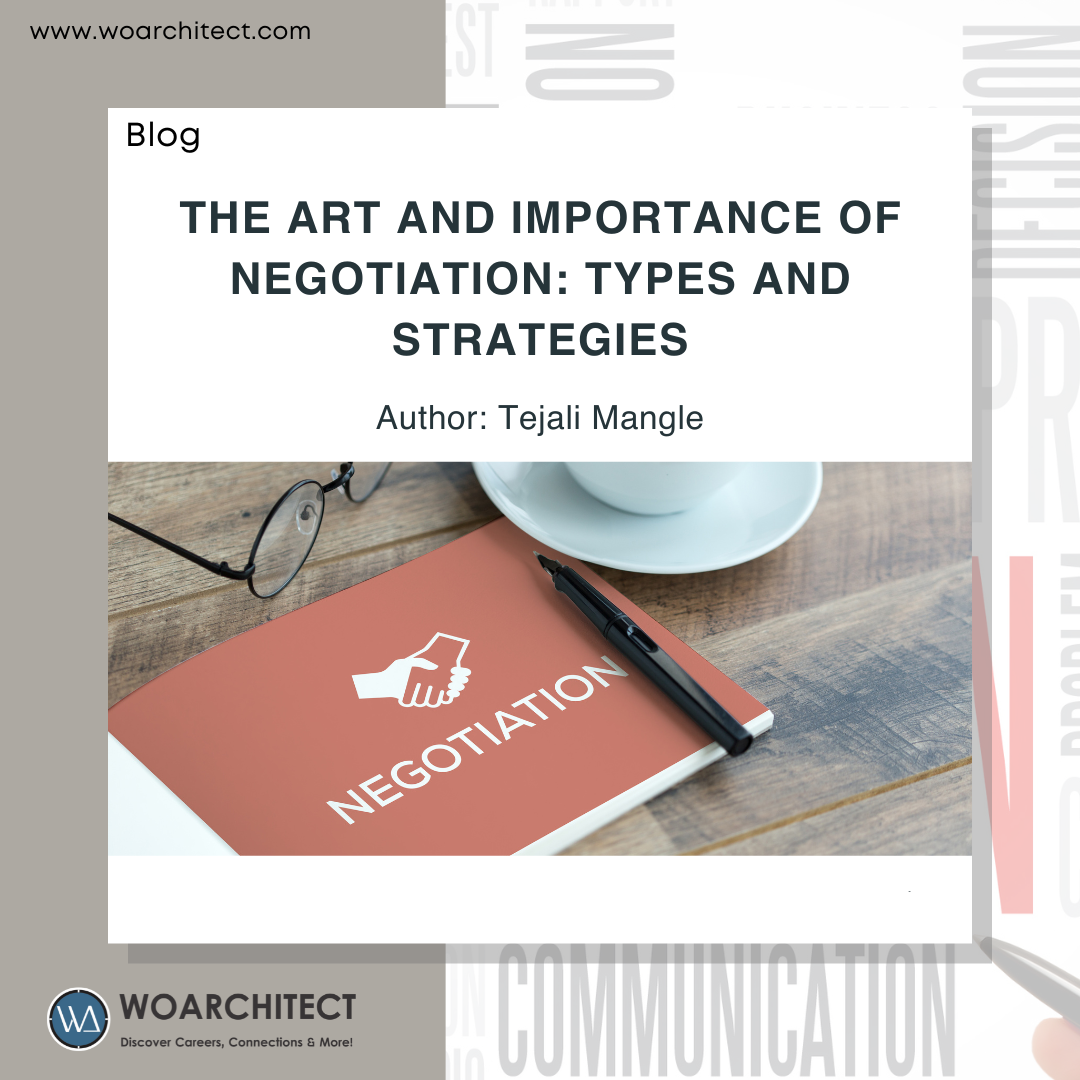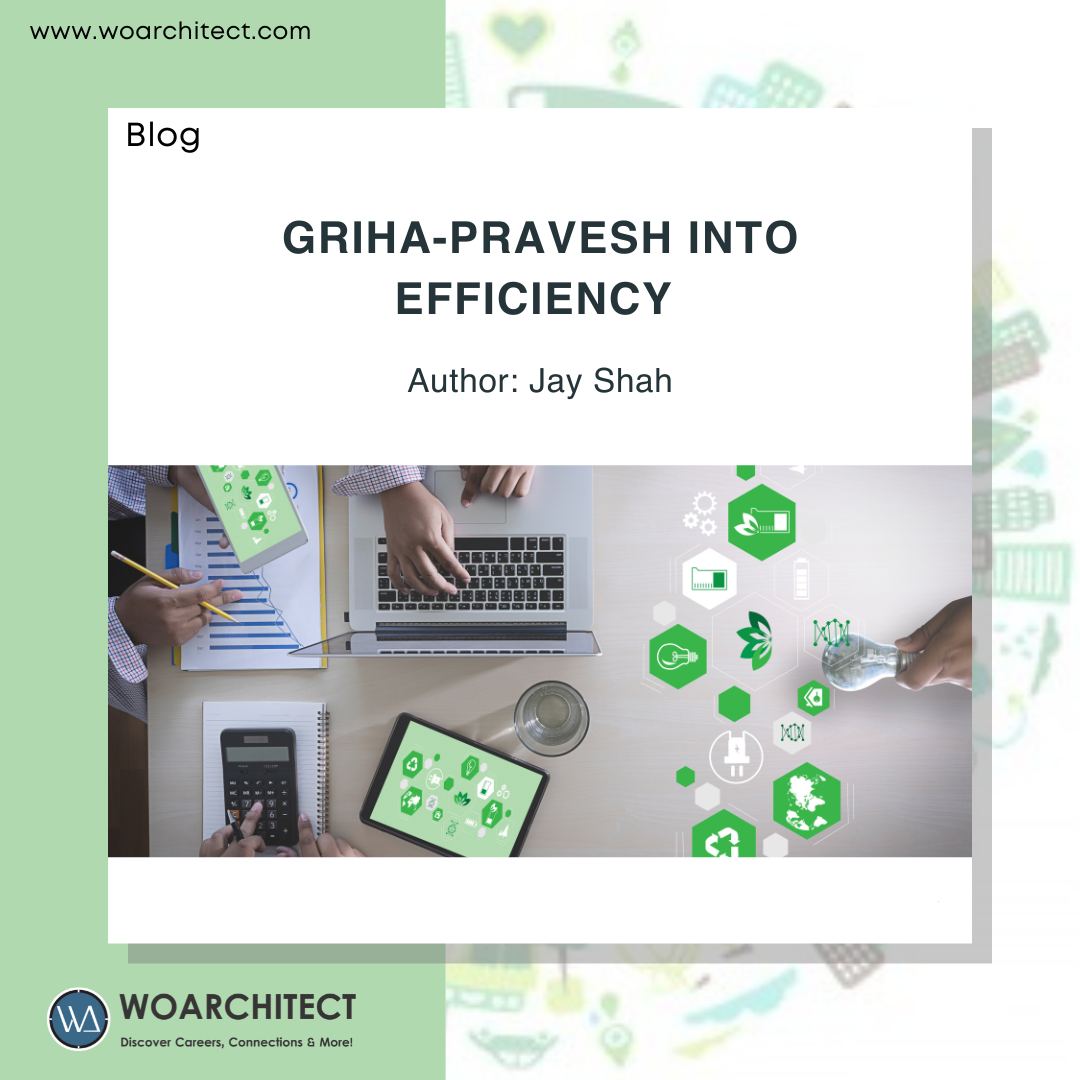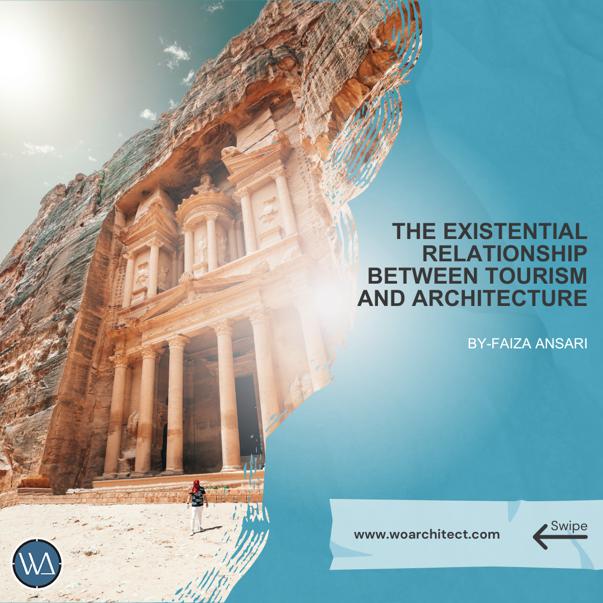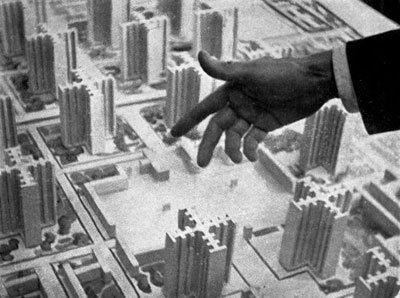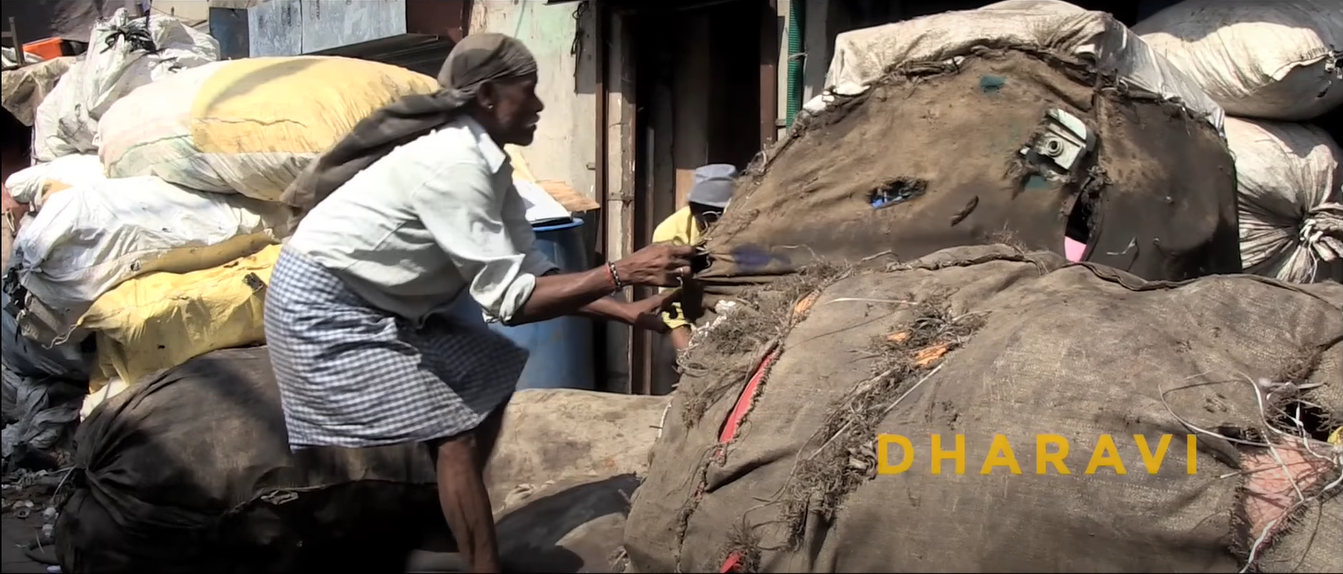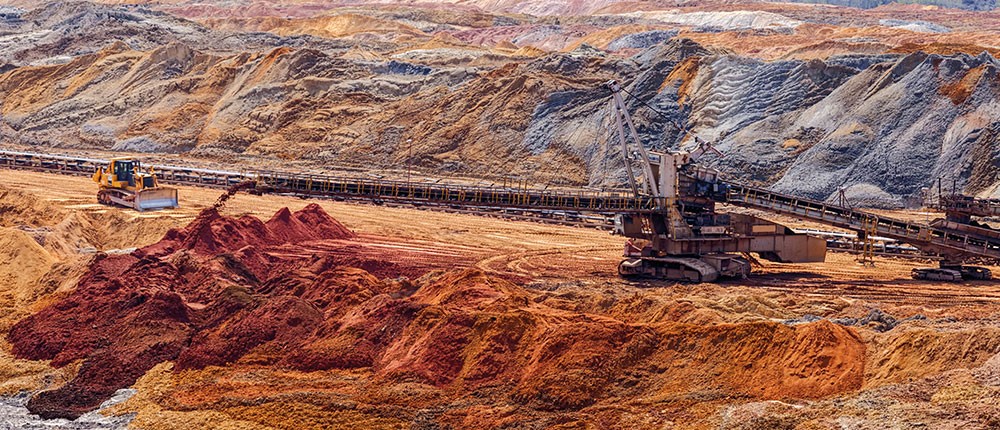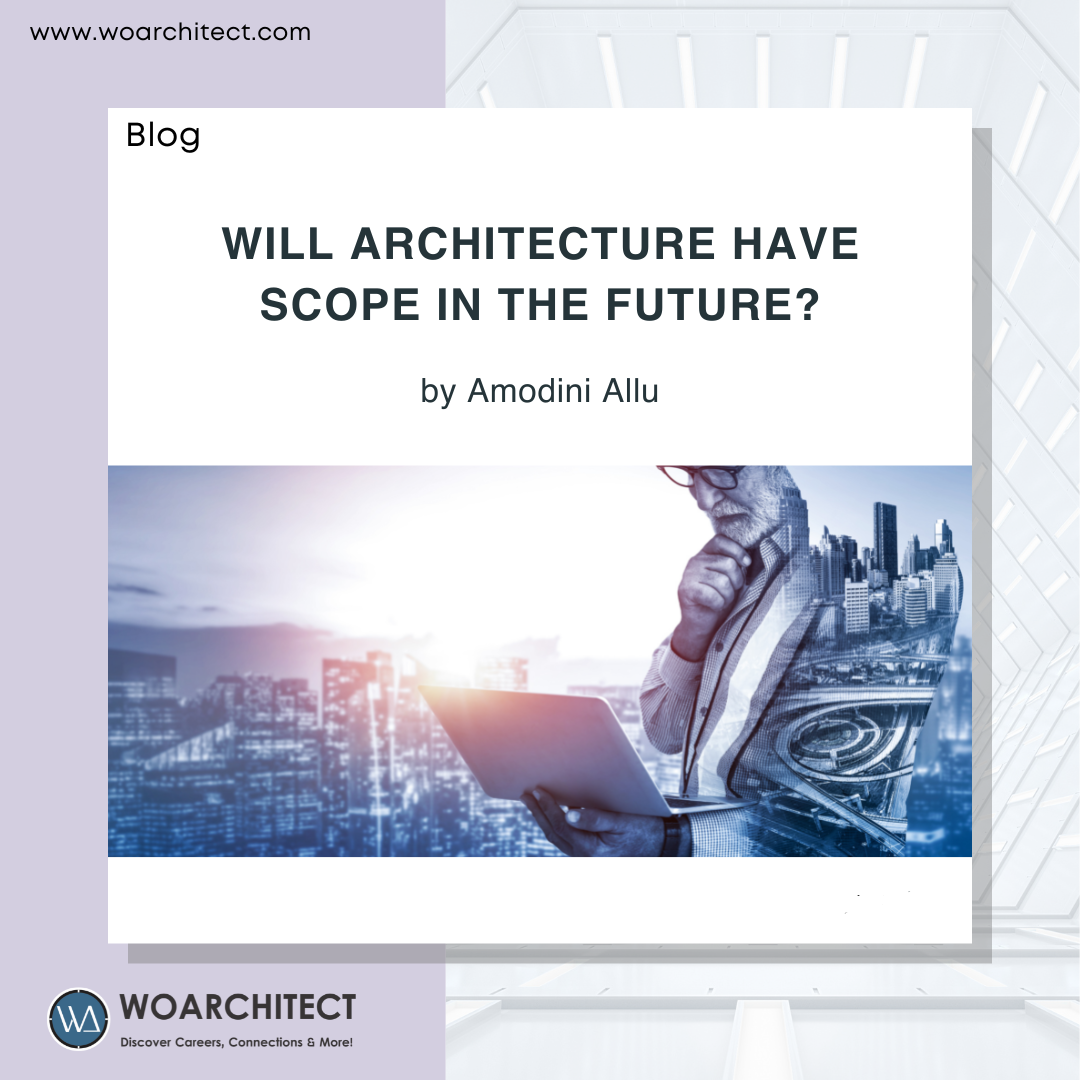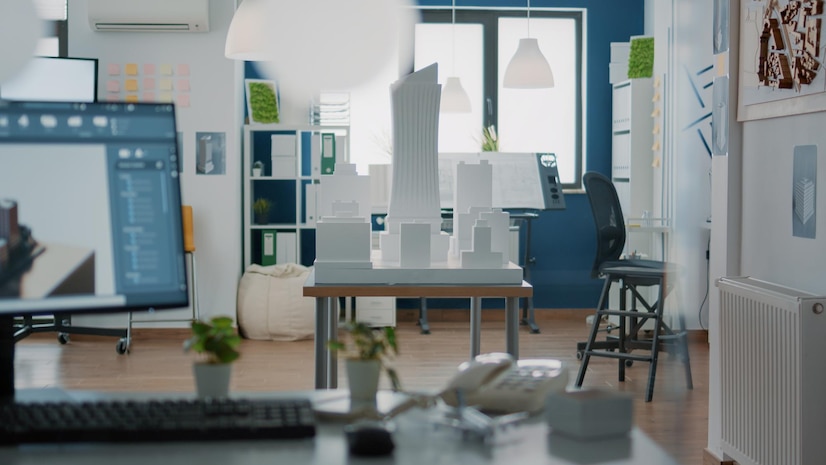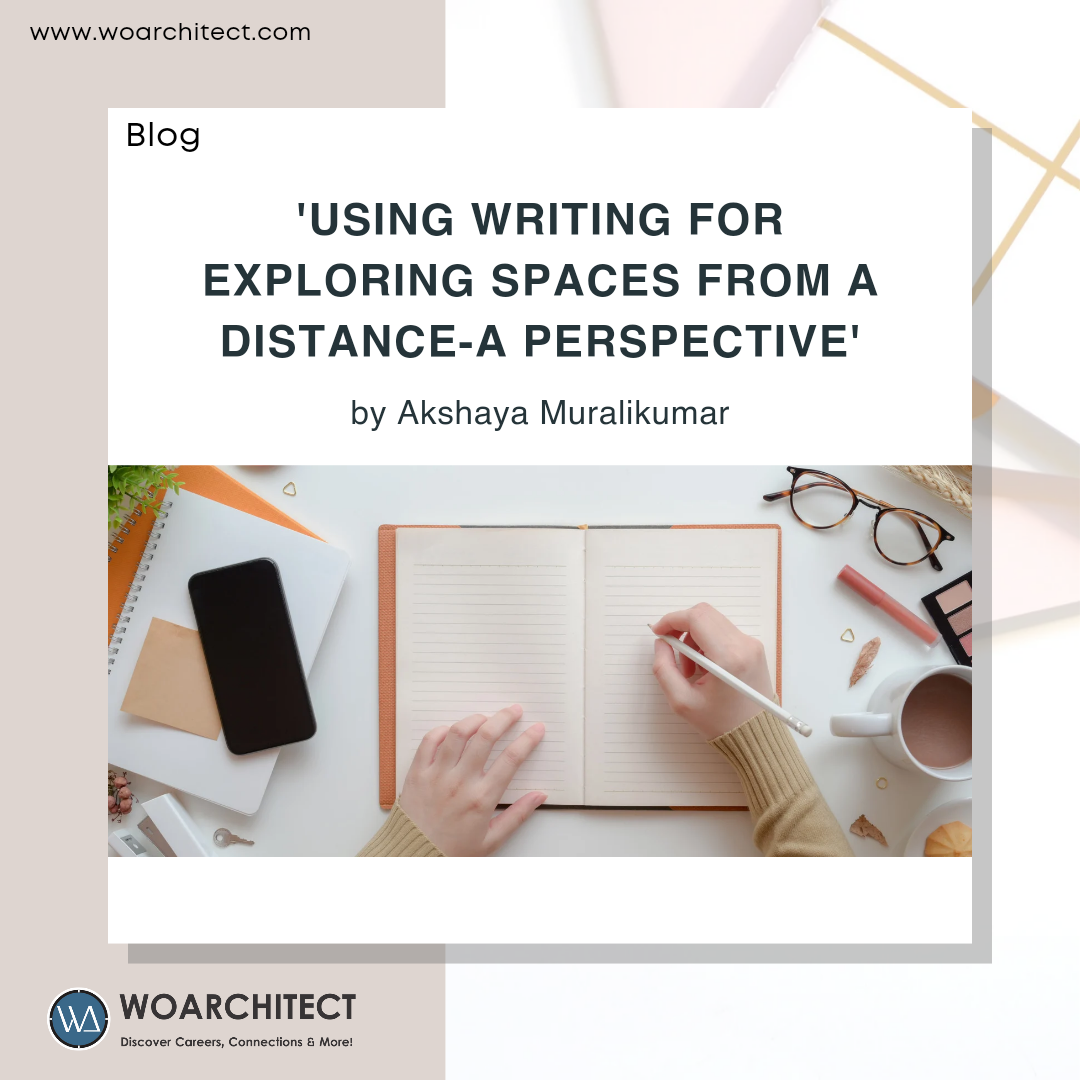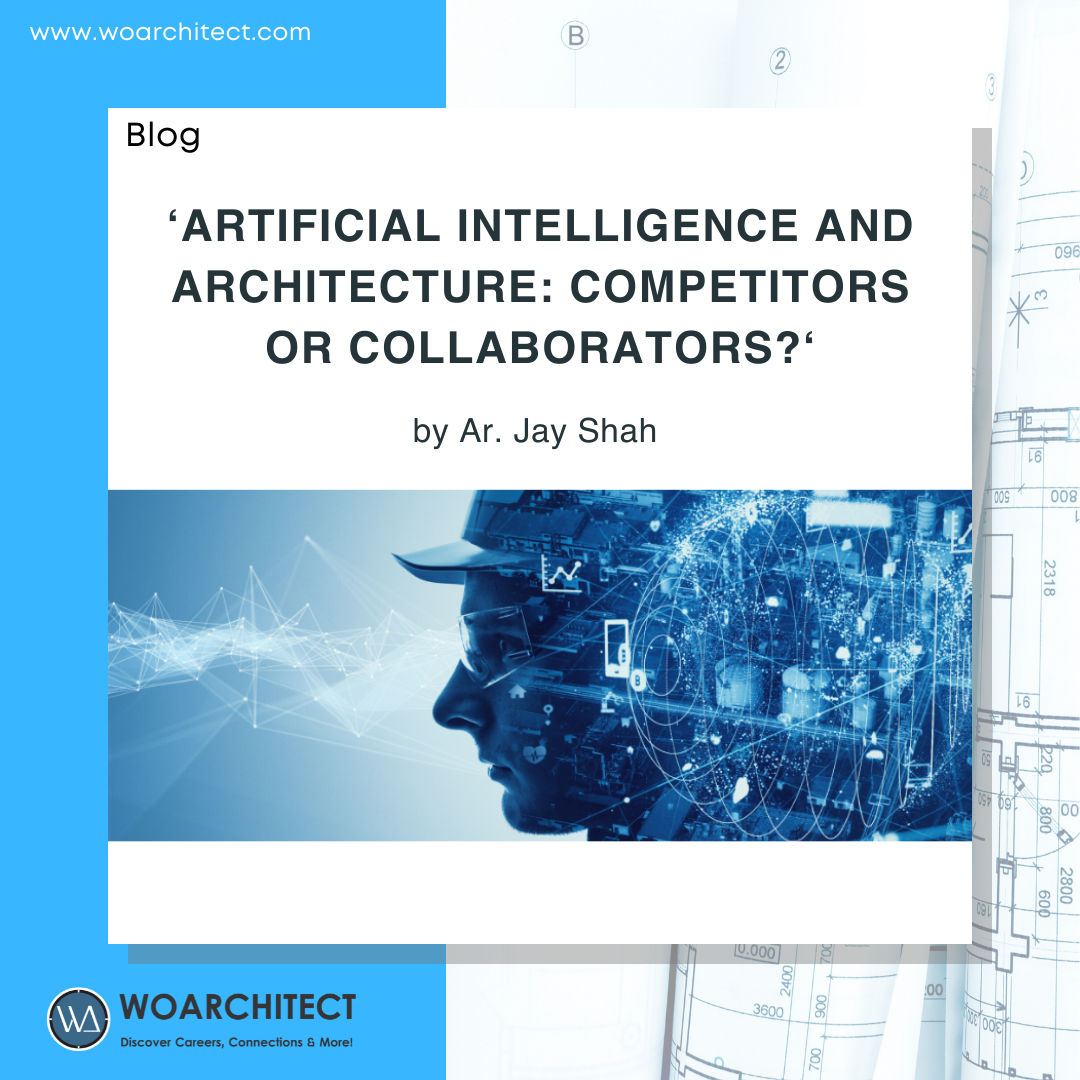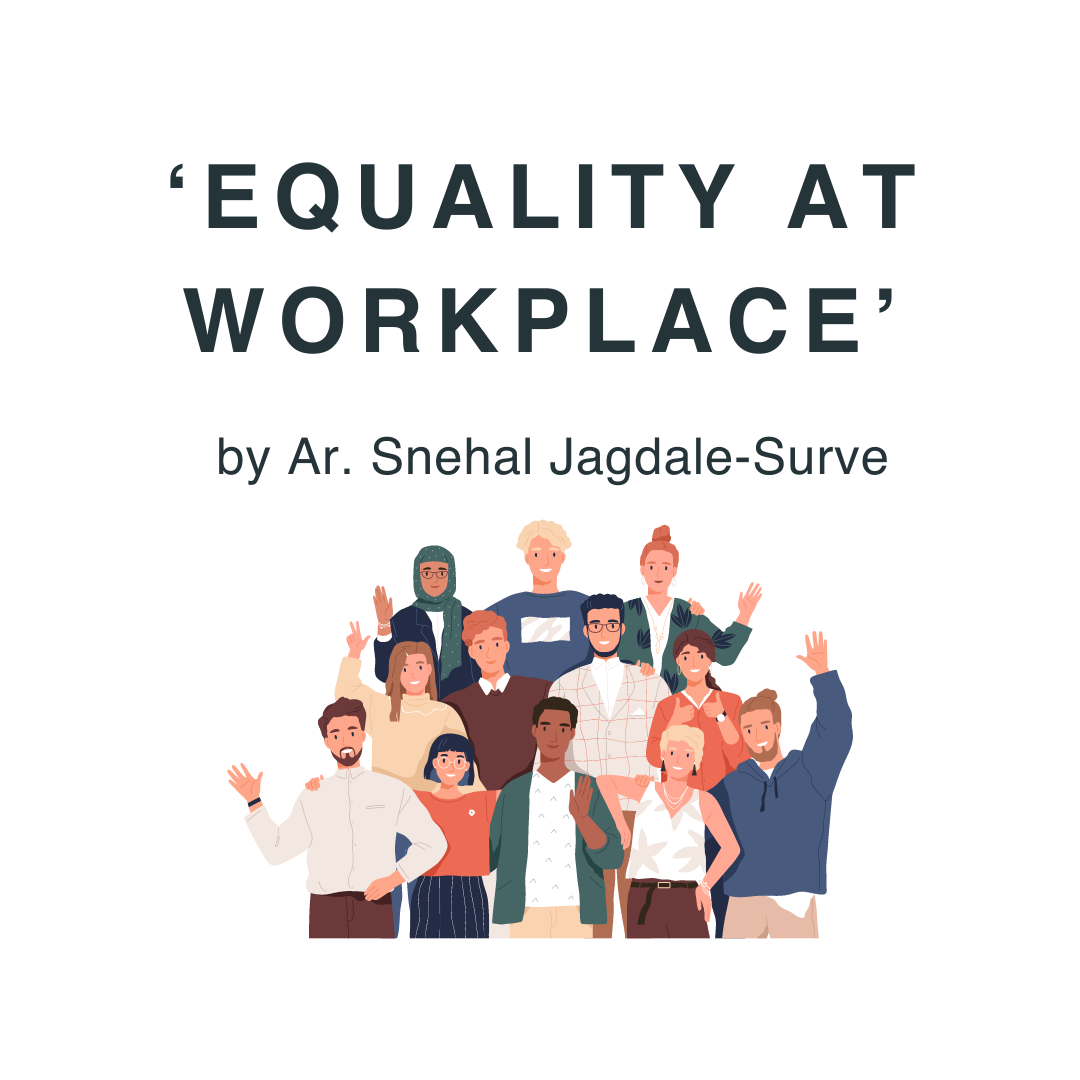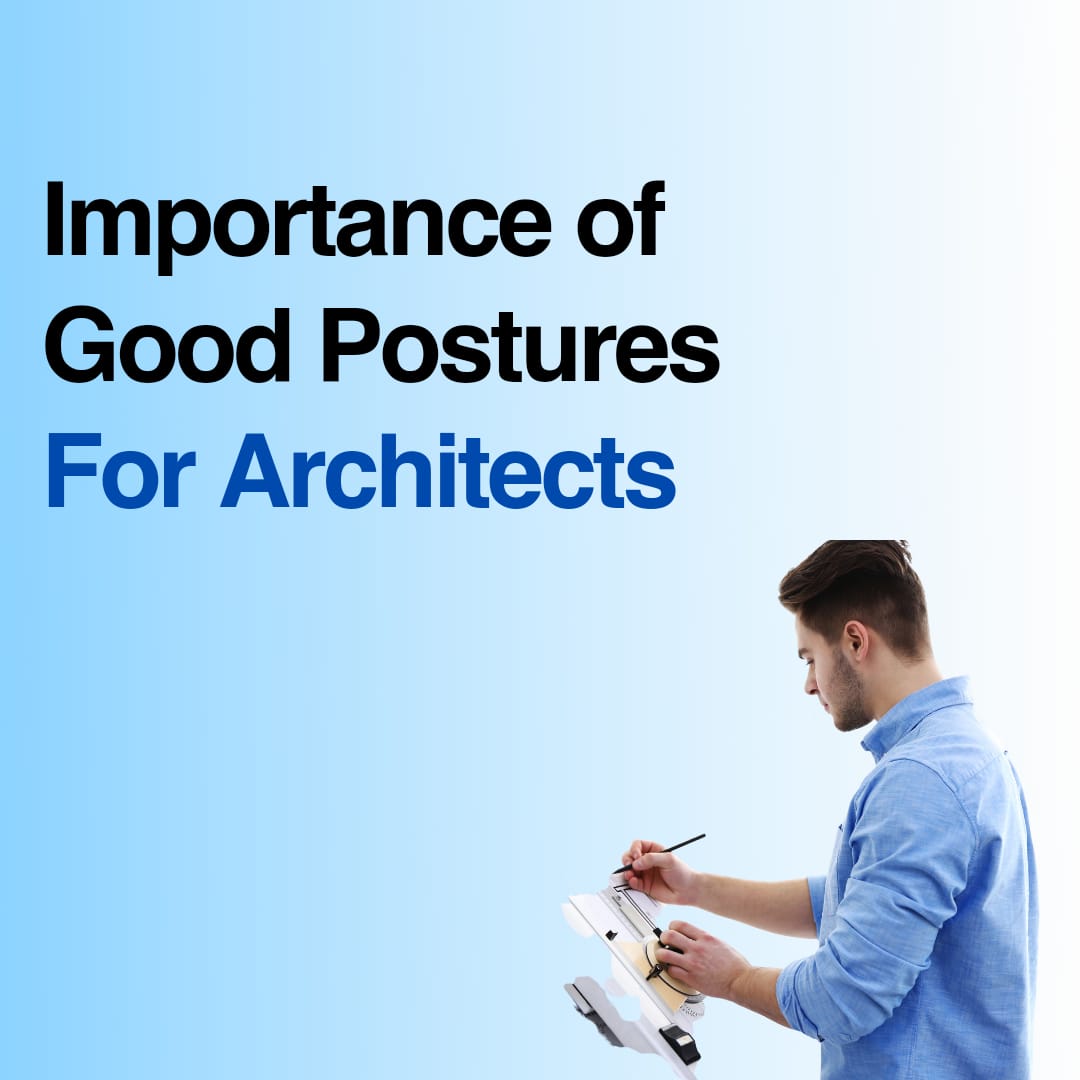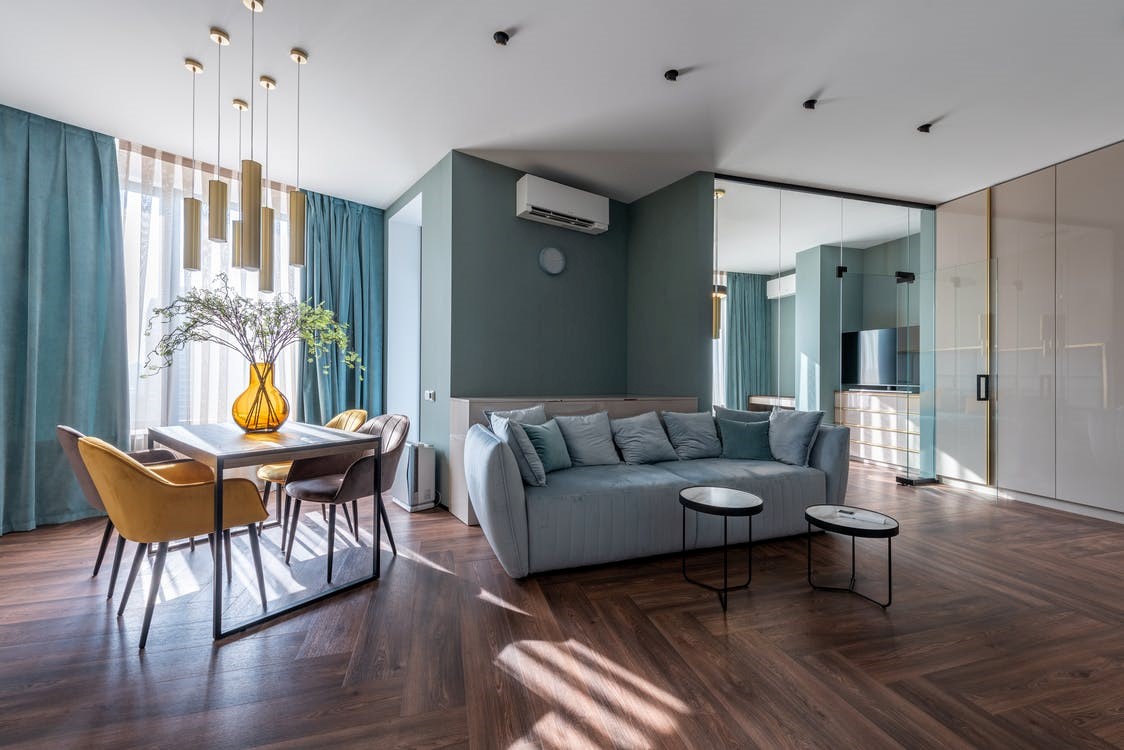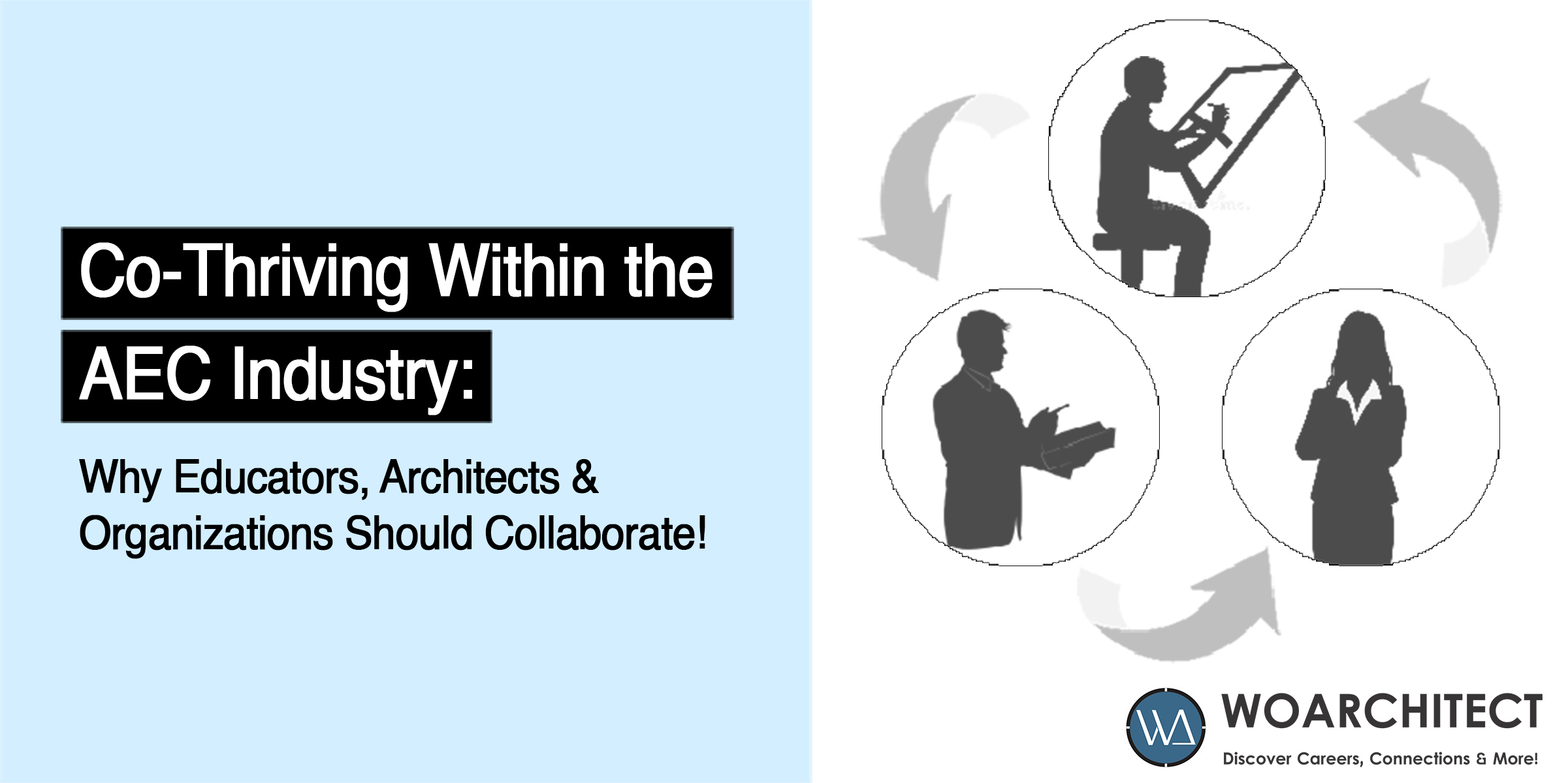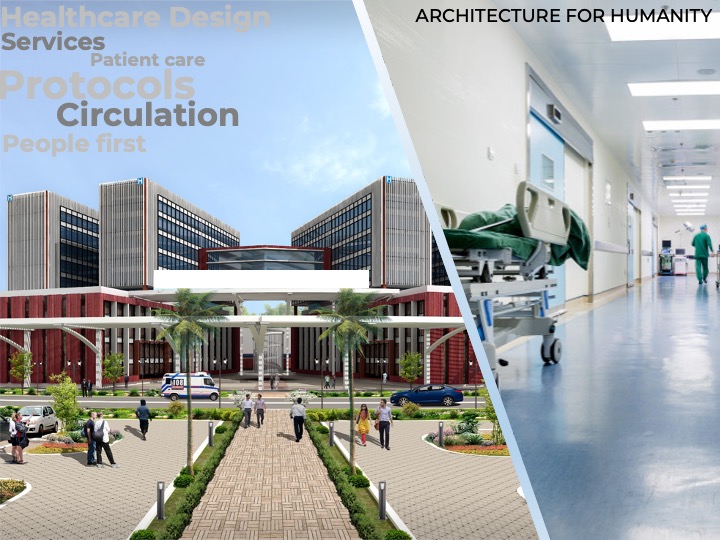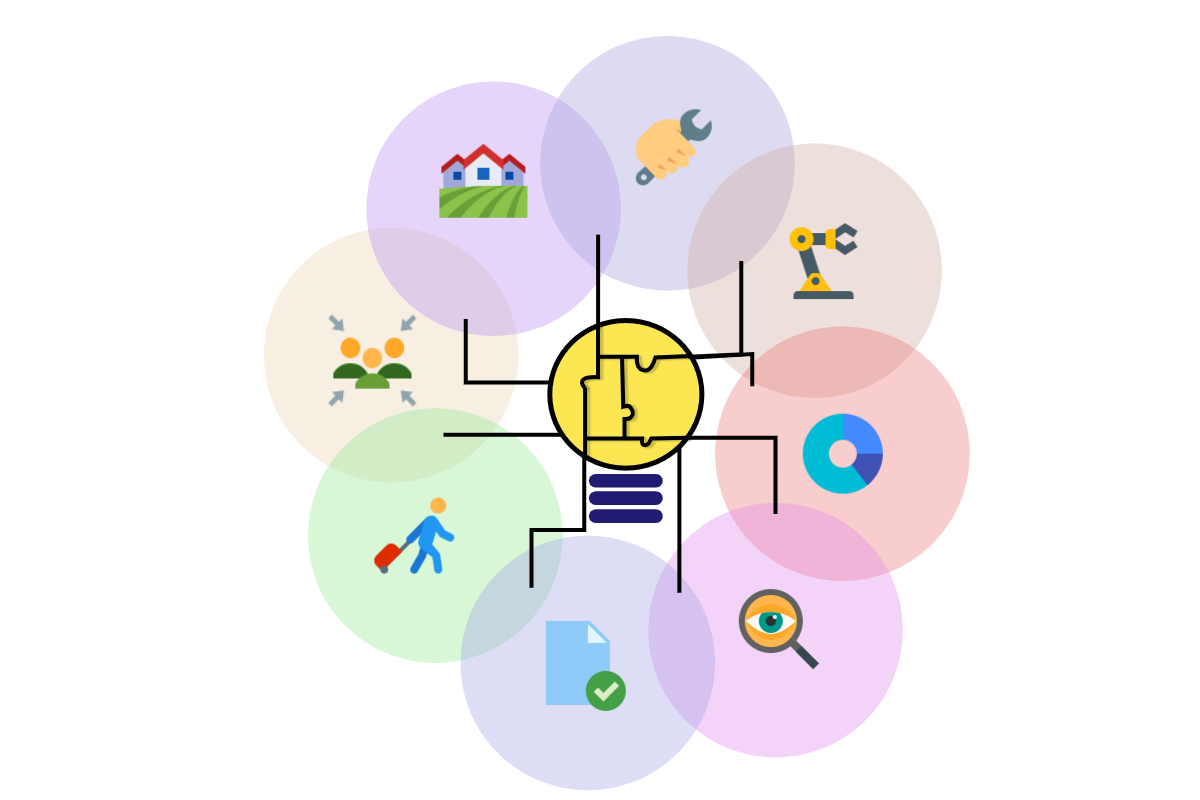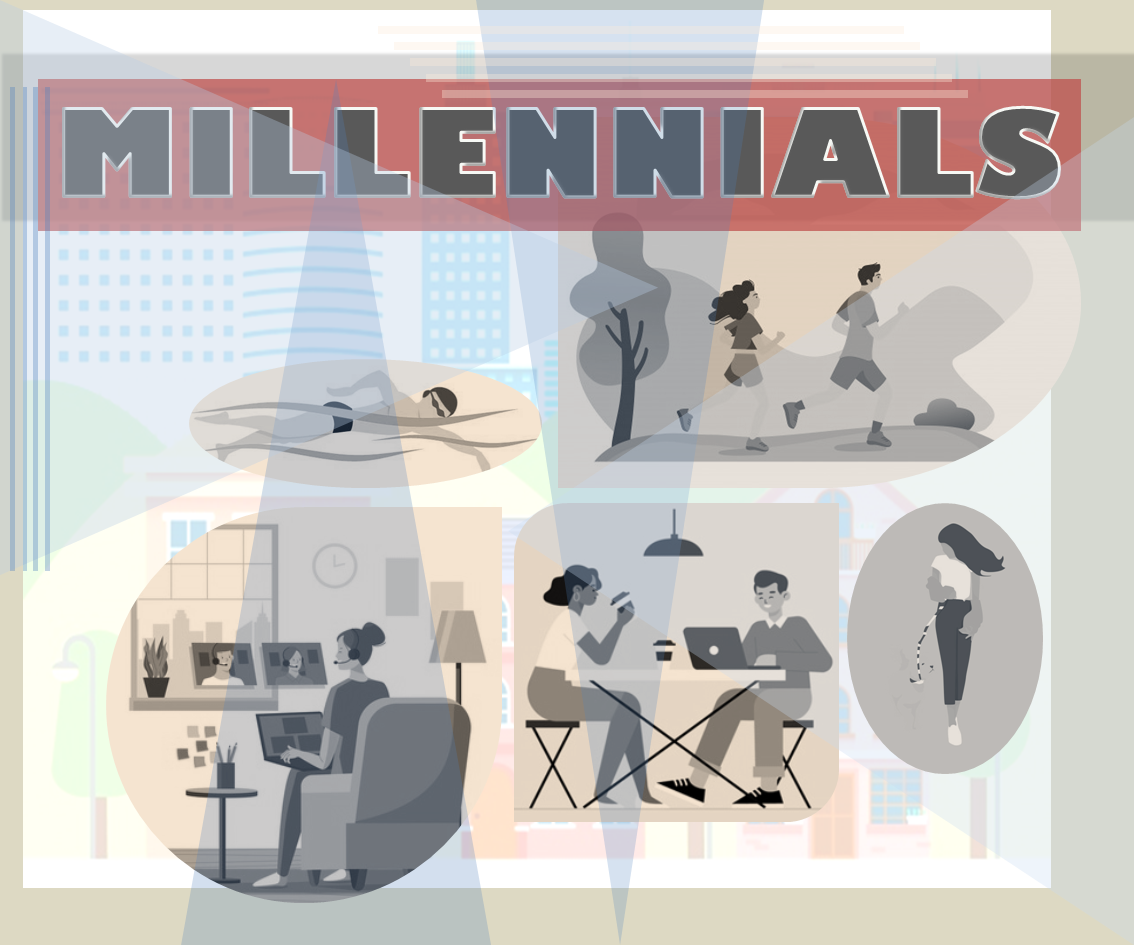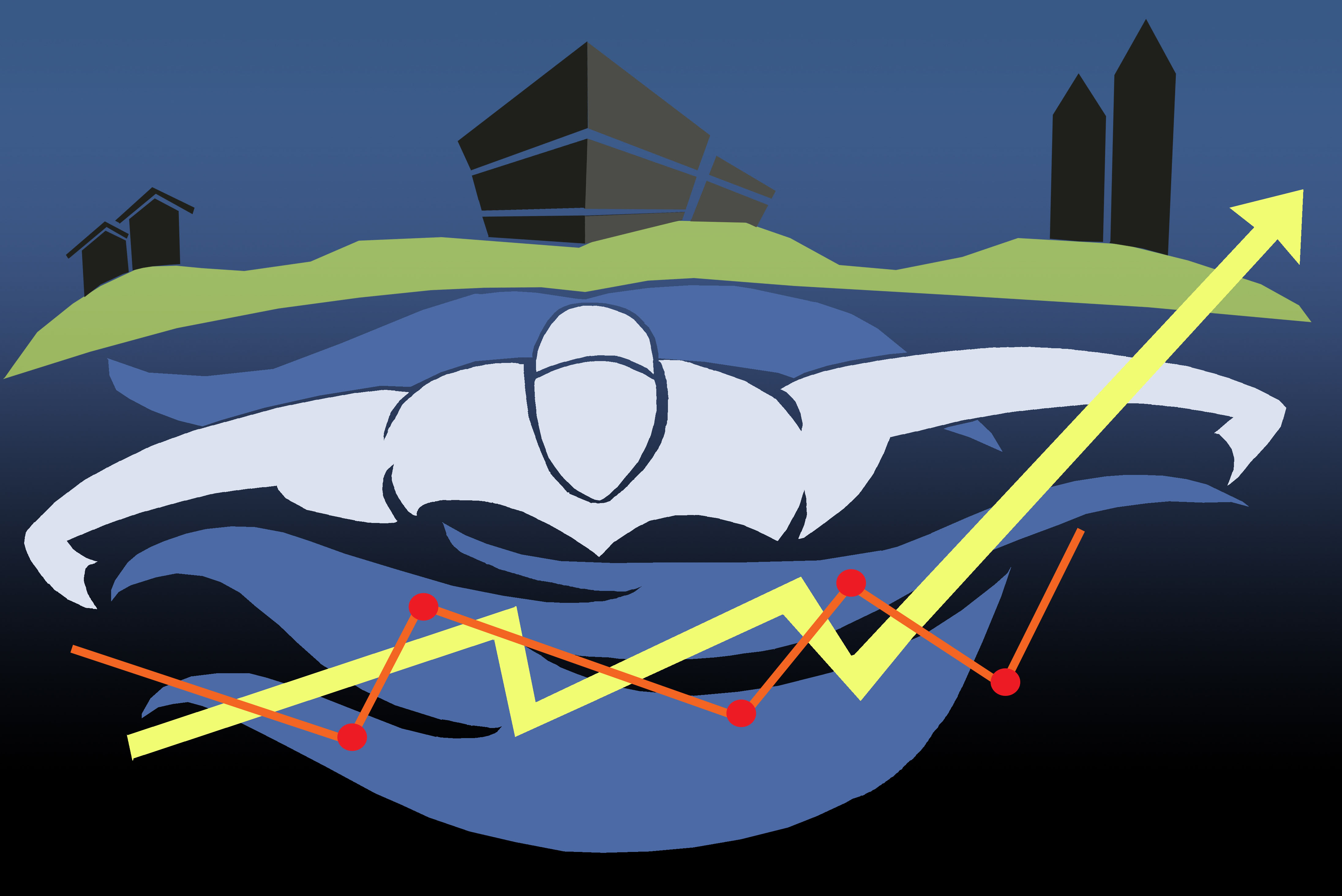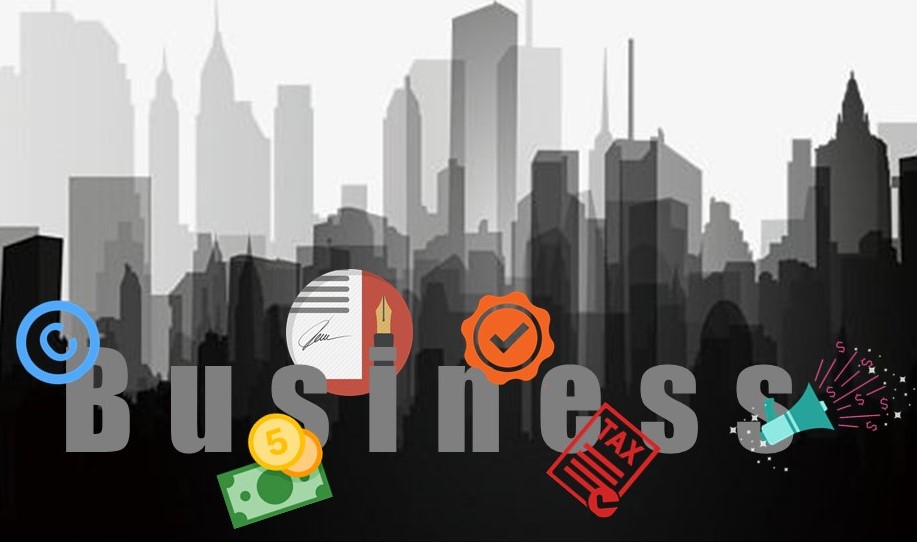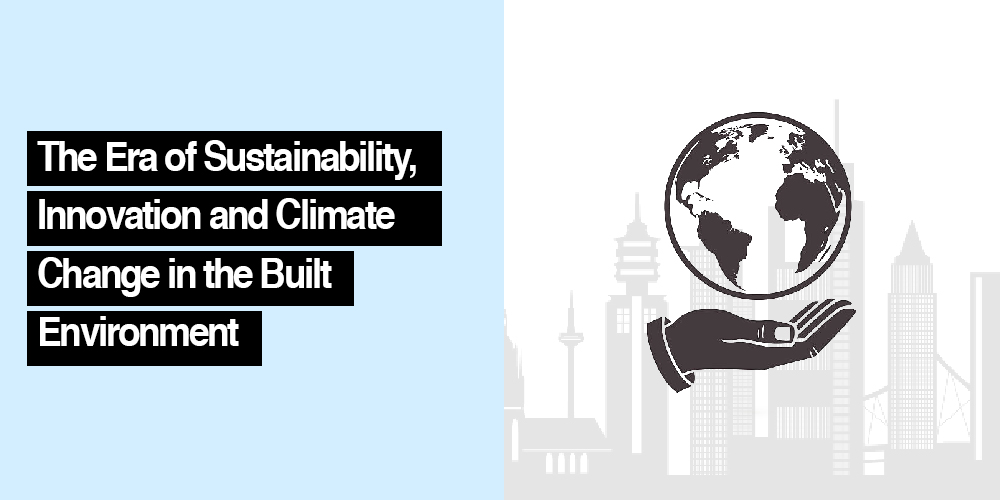
The Era of Sustainability, Innovation and Climate Change in the Built Environment
As per IPCC Working Group I 6th assessment reports, the world will exceed 1.5 degrees C of global warming in the next two decades. Limiting the warming at this level and prevention of even more severe climatic conditions depend on the actions that we take in the current decade.
The building industry is one of the major contributors to global warming. The realm of architecture and design has a huge impact on the status of the natural environment and long-term development. With the building industry still thriving on fossil fuels, the architectural profession is under increasing pressure to adopt greener and sustainable techniques. This can be controlled by making a change in the way architecture is practised; if not, the effects of the same are going to be drastic and irreversible.
Although not all is lost, various architectural firms and organizations are taking a step in the direction of greener and sustainable practice. There has been developed in terms of alternative designing and green building practices with refreshed thoughts and design ideas to serve the natural environment.
Sustainability, Innovation and Designing for Nurtured Natural Environment
Every negative step for climate change, both incrementally and cumulatively, harms Earth’s life-supporting climate and overall, its people. The construction industry has an impact on the environment, people, and prosperity.
Changing the construction standards not only requires an alteration in the education but needs the establishment of standards for individual and collective conduct through laws, codes, rules and regulations, while retaining the principles of a good, thoughtful design that is continuing from the past.
An Architect’s Approach
The climate is changing, so must the architecture. Design is a creative process that weaves the ideas, concepts and technology together to form buildings. And these buildings act as a shell inside which human activities take place.
(Source: Dezeen) Photographs by Kris Graves
https://static.dezeen.com/uploads/2014/07/Hy-Fi-by-The-Living_dezeen_468_9.jpg
Architecture demands an understanding of the process involved in transforming an idea into built form and another role architecture and architects play is to throw light in society’s awakening towards the effects of climate change. Architects have come forward to work on this, an example can be taken of the ‘Tower of Bio-bricks’ by the Newyork based studio - The Living.
(Source: Dezeen) Photographs by Kris Graves
https://static.dezeen.com/uploads/2014/07/Hy-Fi-by-The-Living_dezeen_468_1.jpg
It is a cluster of circular towers made up of bricks grown from mushrooms and corn stalks. This structure constructed from biodegradable materials is designed by David Benjamin to create a pleasant microclimate in the built environment. This architecture is a product of agricultural byproducts and mushroom mycelium. The structure lets in natural light and gaps left between the brocks facilitate natural ventilation with the help of the stack effect.
Most of the architects are now focusing more on locally available materials rather than importing the materials from long distances of their origin and manufacturing. The distance between transportation of the materials plays a major role in examining the environmental impact of a project as these distances lead to greenhouse gas emissions. Therefore, architects should advocate for vernacular materials which will result in a smaller carbon footprint and have a positive impact on sustainability.
Source - Michael green architecture
Replacing concrete with timber is another vision of architects going green. Micheal Green has proposed a wooden skyscraper that will replace the concrete jungles. Since steel and concrete are not eco-friendly options, a wooden building can prove to be environmentally sensitive as wood locks in carbon dioxide till the life of the structure. In this way, Architects are widening their vision in terms of producing structures that will sustain the coming generations on the planet and enhance the quality of our environment.
Role of Architecture Education
A deeper understanding and education in professional schools and programs in the construction sector is providing a holistic solution to the industry. This way architects and industry professionals have the access to start learning about the environment right from the first step. There has been an adaptation of new tools, methods, technologies and skills for the educational institutions to create a viable set of students, ready for intuitively changing the built environment.
The paperless studio was started by Winka Dubbeldam at Columbia University, where she insulated the use of 3D printers, and various technological advancements to create a digitalized sphere for architectural education. This move brought a digital change in architecture. Design cannot be separated from technology at this point as the digital craft is a part of designing now which allows a simple wall to be transformed into a pattern with meaningful impressions. The notion that if you’re interested in technology then you’re not interested in design has changed. Now the design is integrated along with the technology for better and efficient buildings.
In this era of sustainability, many architects and educators have taken steps to impart knowledge of sustainable architecture to the students by taking a technological route. An example of the same is an online course in Practices for Sustainable Architecture by Rob Fleming started in early 2012 when the concept of digitalization in architectural education was seemingly unknown. It introduces the learners to rating systems like LEED, Integrated Project Delivery, and green construction practices to help in creating a truly sustainable building.
With the advancement in technology, there is a transformation in education from physical models to digital technology. BIM provides the ability to measure a project’s advanced impacts which increases the efficiency of the design process. This technology guides design decisions that may influence a project's impact on the environmental footprint. It makes the process easier and quicker to complete and enables on-site alterations in an easy way which in result reduces waste and energy consumption.
The advanced technologies are also changing the conventional way of buying real estate properties. About 90% of real estate agents use Augmented Reality and Virtual Reality to serve clients with a better service. The use of AR and VR helps in saving energy as it allows the clients to see the property through the lens of VR which saves them from multiple site visits. AR/VR makes the interior and exterior of the particular architectural proposal easily accessible anywhere and everywhere. It assists in making the ideal decisions for the buyers. This technology allows real estate agencies to go global with their buyers set in any location and doesn't require them to make visits to the site.
AR/VR technology is a one-time investment that further saves money and energy consumed in the staging, maintenance and property tours.
Material Ecology
The MIT Media Lab has exhibited Neri Oxman’s research on material ecology. These works are developed from scientific inquiries to design exploration. Her works are a mixture of engineering, art, science and technology with an intent to explore new materials through green measures. They’ve created a body of work that has allowed us to question the status quo of architectural design by examining materials, structures, ecology, and our changing connection with the environment. Her designs are state-of-art while being thoroughly embedded in conscious design thinking.
Photography is by Denis Doorly courtesy of the Museum of Modern Art
A 9.5-meter tall Silk Pavilion II is one of the pieces on exhibit. The design is the second iteration of the Silk Pavilion Oxman designed in 2013, and it incorporates a new jig machine that rotates the structure every so often to keep silkworms moving over it and laying silk more evenly.
These researches are important as they show the direction in the path of sustainability through traditional and ecological materials. The research and its exhibition promote and associate sericulture and various other practices with the construction.
https://www.mcaslan.co.uk/files/styles/full_width_golden_wide/public/media/web_9148_n22.jpg?itok=knkyWlSR Source - Arup
A low-cost prototype for schools in Malawi has been proposed by Arup, along with John McAslan + Partners. This is a sustainable and performance-based design with cheap and easy to construct methods. The construction makes use of the local materials and techniques. The timber and stabilized soil block structure are designed to run without electricity as it makes use of natural light and ventilation to serve a comfortable learning environment inside the school. The design creates a strong indoor-outdoor relationship between the classrooms and exterior spaces.
Organization Level Approach to Sustainable Architecture
A 3D-printed 12-meter pedestrian bridge by Joris Laarman and manufactured by the Dutch robotics technology firm MX3D has opened in Amsterdam. It crosses the Oudezijds Achterburgwal in Amsterdam's Red Light District and was built from stainless steel rods using six-axis robotic arms equipped with welding gear.
Source - Photo by Adriaan de Groot
This structure was 3D-printed in a factory for six months with 4500 kilograms of stainless steel. The S-shaped form was designed with parametric modelling software. The technology behind the structure has led to a reduction in material use than the conventional method and resulted in a more efficient structure. The environmental impact was further reduced by the minimized impact of tooling, oil, and gas required in the traditional construction industry to manufacture the parts.
The bridge is equipped with a network of sensors that allows it to collect data and create a digital twin to monitor its performance and health which will monitor corrosion, load fluctuations, ambient factors, and pedestrian use. This bridge brings in an innovative approach for the built environment and promotes the idea of sustainability on a community level.
The Climate is Changing and so is the Architecture…
Even though climate change is on the verge - the built environment has seen some astounding works and technologies coming up that can help - sustainable measures. A small step-up in the field of design and engineering, with a tweak in our conventional ways is creating a new definition for the built environment in creating sustainable cities.
Architects have to shift their focus to design built environments for humans that nurture nature simultaneously. Many architectural educators and organizations are stepping up to do their vital bit towards it. This entire commute from creating a traditional building to designing smart, ecological and high-tech structures is paving the way to the new-age architecture in this era of sustainability.
Reference Links:-
https://www.wri.org/insights/ipcc-climate-report
https://www.aia.org/articles/6074306-four-ways-architects-can-fight-climate-cha
https://architizer.com/blog/practice/materials/architects-combat-the-climate-crisis/
https://www.dezeen.com/2021/07/19/mx3d-3d-printed-bridge-stainless-steel-amsterdam/
https://www.dezeen.com/2020/03/04/neri-oxman-material-ecology-moma-exhibit/,
https://www.arup.com/projects/malawi-schools
https://www.realtrends.com/5-ways-ar-and-vr-are-transforming-the-real-estate-sector/
https://edition.cnn.com/2012/03/15/tech/eco-wood-skyscrapers/index.html
About Author
Saili Sawantt
An architect by profession, Writing is what she treats as her passion. She has worked as a Design Writer, Editor, and Journalist for various print as well as digital publications. She has been a contributor in - FOAID (Festival of Architecture & Interior Design), ParametricArchitecture (Turkey), Metro Rail News, Rethinking the Future (RTF), Amplus Solar, La Polo International, Wedding Asia, ArchitectureIdeas, Architecturestyles, HomeDesignNow and many more…..
Currently, she is a Freelance Contributing Writer & Social Media Manager for print publications and digital media with expertise in the AEC Industry.
Social Media Handles
LinkedIn - https://www.linkedin.com/in/sailisawantt/,
Instagram - https://www.instagram.com/sailisawantt/,
Facebook - https://www.facebook.com/saili.sawantt,
WordPress - https://lifeinaday2016.wordpress.com/,
Twitter - https://www.facebook.com/saili.sawantt,

